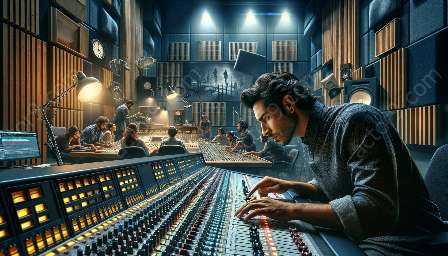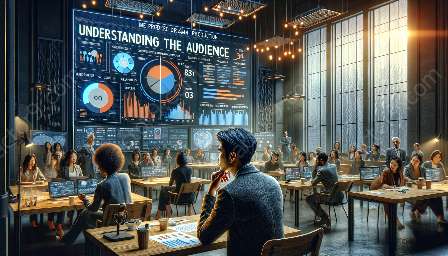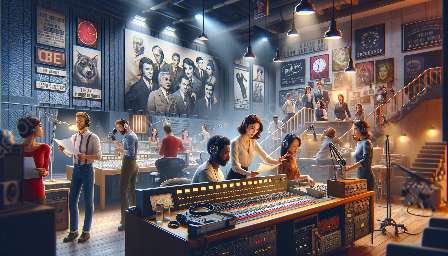Radio dramas have captivated audiences for decades, offering an immersive storytelling experience that relies heavily on narrative structure and pacing. In this topic cluster, we'll delve into the intricacies of crafting compelling narratives for the airwaves, examining case studies of popular radio dramas and exploring best practices for radio drama production.
The Art of Radio Drama
Radio dramas, also known as audio dramas, leverage sound, voice acting, and music to create evocative and gripping stories that unfold through exclusively auditory means. Unlike visual storytelling mediums, radio dramas must rely on the power of sound to convey the narrative, making the structure and pacing of the story all the more crucial.
Narrative Structure in Radio Dramas
The narrative structure of a radio drama encompasses the way the story is organized and presented to the audience. It often includes elements such as exposition, rising action, climax, and resolution, all conveyed through dialogue, sound effects, and music. Effective narrative structure in radio dramas ensures that the audience remains engaged and invested in the unfolding story.
Case Study Analysis of Popular Radio Dramas
To gain a deeper understanding of narrative structure and pacing in radio dramas, we'll analyze popular radio dramas that have successfully captured the imagination of audiences. By dissecting the storytelling techniques employed in these dramas, we can uncover the strategies used to create an immersive and emotionally resonant experience for listeners.
Pacing in Radio Dramas
Pacing refers to the rhythm and tempo at which the story unfolds. In radio dramas, pacing plays a crucial role in sustaining tension, building suspense, and delivering impactful moments. By carefully modulating the pacing, writers and producers can control the ebb and flow of the narrative, creating an immersive and dynamic listening experience.
Radio Drama Production
Behind the scenes, radio drama production involves a meticulous blend of writing, voice acting, sound design, and technical execution. Producers and writers must collaborate to craft scripts that optimize pacing and narrative structure for the auditory medium. Additionally, sound engineers and composers contribute to the production by creating sonic landscapes that enhance the storytelling experience.
Innovative Approaches to Radio Drama
As technology advances, new opportunities emerge for experimenting with narrative structure and pacing in radio dramas. From interactive storytelling to the use of binaural audio for heightened immersion, creators are continually pushing the boundaries of what radio dramas can achieve.
Conclusion
By exploring the nuances of narrative structure and pacing in radio dramas, we can gain insight into the artistry and craftsmanship that goes into creating captivating audio narratives. Through case study analysis of popular radio dramas and an examination of radio drama production, we can appreciate the creativity and skill required to transport audiences to vivid and imaginative worlds through the power of sound.






















